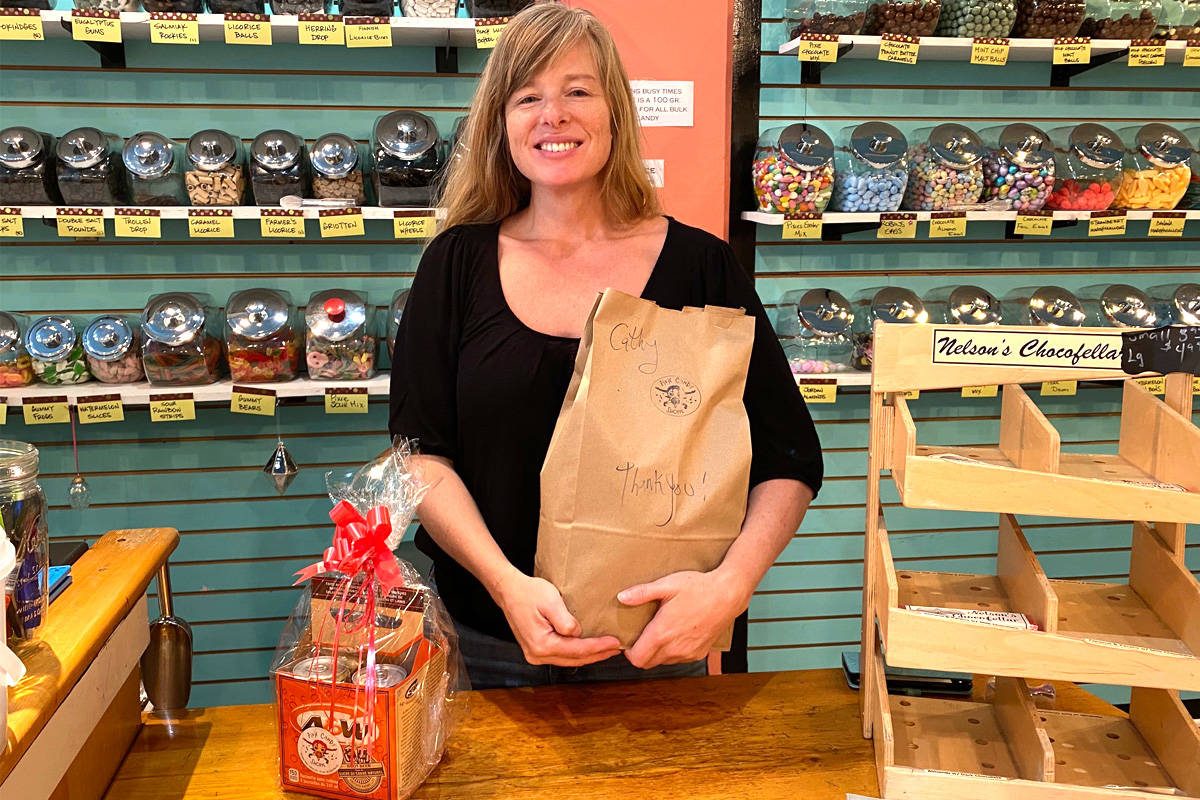The Ultimate Guide To I Luv Candi
Not known Details About I Luv Candi
Table of ContentsThe 20-Second Trick For I Luv CandiNot known Incorrect Statements About I Luv Candi Facts About I Luv Candi UncoveredLittle Known Facts About I Luv Candi.Unknown Facts About I Luv Candi
You can additionally approximate your own income by applying different assumptions with our economic strategy for a sweet store. Ordinary regular monthly income: $2,000 This type of sweet store is commonly a tiny, family-run organization, possibly known to locals but not attracting great deals of travelers or passersby. The store could provide a choice of typical candies and a couple of homemade treats.
The shop does not normally carry rare or expensive items, focusing instead on budget friendly deals with in order to preserve routine sales. Presuming a typical spending of $5 per customer and around 400 customers each month, the regular monthly earnings for this sweet-shop would be approximately. Average monthly profits: $20,000 This sweet-shop gain from its critical location in an active urban location, drawing in a large number of clients searching for pleasant indulgences as they go shopping.

In addition to its varied candy selection, this shop might also market associated products like present baskets, candy arrangements, and uniqueness products, giving numerous earnings streams. The shop's place needs a higher budget plan for lease and staffing yet leads to greater sales volume. With an estimated ordinary spending of $10 per consumer and concerning 2,000 customers per month, this shop might generate.
I Luv Candi Fundamentals Explained
Situated in a significant city and tourist location, it's a huge facility, frequently spread out over numerous floors and perhaps part of a nationwide or worldwide chain. The shop supplies an immense selection of sweets, including exclusive and limited-edition products, and product like top quality apparel and accessories. It's not just a store; it's a location.
The functional costs for this kind of shop are significant due to the location, size, team, and features used. Thinking an average acquisition of $20 per consumer and around 2,500 consumers per month, this front runner store could achieve.
Group Instances of Expenditures Ordinary Month-to-month Price (Array in $) Tips to Minimize Expenses Rent and Utilities Store rental fee, electricity, water, gas $1,500 - $3,500 Consider a smaller sized area, discuss lease, and utilize energy-efficient lights and home appliances. Supply Sweet, treats, product packaging products $2,000 - $5,000 Optimize stock administration to decrease waste and track prominent items to prevent overstocking.
The Main Principles Of I Luv Candi
Advertising And Marketing Printed materials, on-line advertisements, promos $500 - $1,500 Concentrate on economical digital advertising and marketing and utilize social media systems for cost-free promotion. Insurance Organization obligation insurance $100 - $300 Look around for competitive insurance policy prices and think about bundling plans. Equipment and Upkeep Sales register, show shelves, repair work $200 - $600 Buy previously owned tools when possible and perform regular maintenance to prolong equipment life-span.

This indicates that the candy store has actually reached a point where it covers all its taken care of expenditures and begins creating revenue, we call it the breakeven factor. Take into consideration an instance of a sweet store where the month-to-month set prices commonly total up to about $10,000. A harsh quote for the breakeven point of a sweet-shop, would then be around (given that it's the complete fixed price to cover), or marketing in between with a rate series of $2 to $3.33 each.
7 Simple Techniques For I Luv Candi
A huge, well-located candy store would undoubtedly have a greater breakeven factor than a small store that doesn't need much earnings to cover their expenditures. Curious regarding the earnings of your sweet store?
Another threat is competitors from various other sweet-shop or bigger stores who could offer a larger selection of items at reduced prices (https://0rz.tw/DEIqy). Seasonal changes sought after, like a decrease in sales after vacations, can likewise influence earnings. Additionally, altering customer preferences for much healthier snacks or nutritional limitations can reduce the allure of typical sweets
Lastly, economic downturns that minimize customer spending can influence sweet-shop sales and profitability, making it vital for sweet-shop to handle their expenses and adapt to altering market problems to stay successful. These dangers are usually consisted of in the SWOT evaluation for a sweet shop. Gross margins and net margins are key signs used to evaluate the profitability of a sweet-shop company.
All About I Luv Candi
Essentially, it's the earnings continuing to be after subtracting expenses directly pertaining to the sweet stock, such as purchase costs from distributors, manufacturing expenses (if the candies are homemade), and staff salaries for those associated with production or sales. https://bit.ly/3xabGcF. Net margin, on the other hand, elements in all the expenses the sweet-shop incurs, including indirect prices like administrative costs, marketing, rent, and This Site tax obligations
Sweet stores typically have a typical gross margin.For instance, if your sweet-shop gains $15,000 each month, your gross profit would be roughly 60% x $15,000 = $9,000. Let's illustrate this with an example. Consider a sweet-shop that sold 1,000 candy bars, with each bar priced at $2, making the total profits $2,000 - spice heaven. The store incurs expenses such as acquiring the sweets, energies, and incomes for sales personnel.